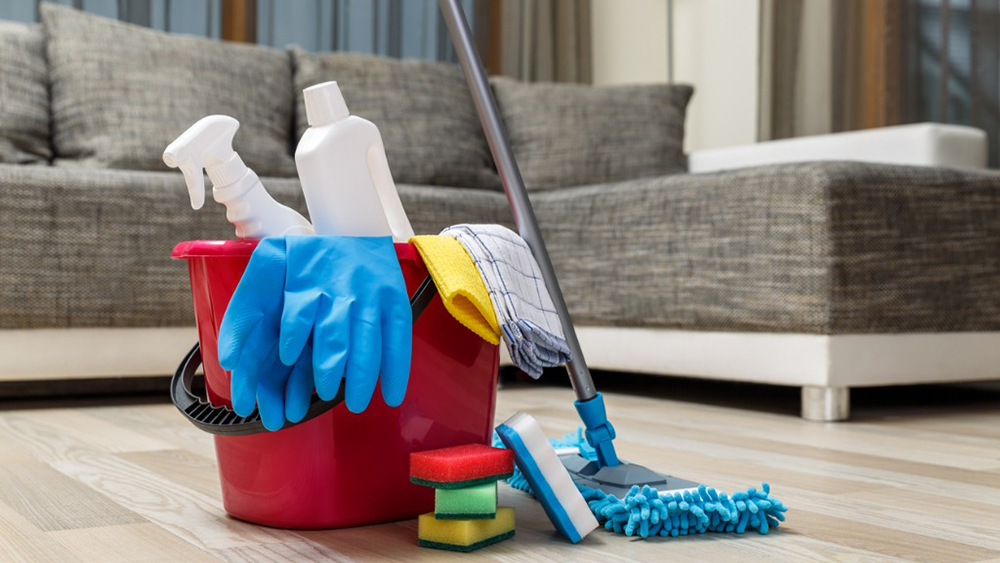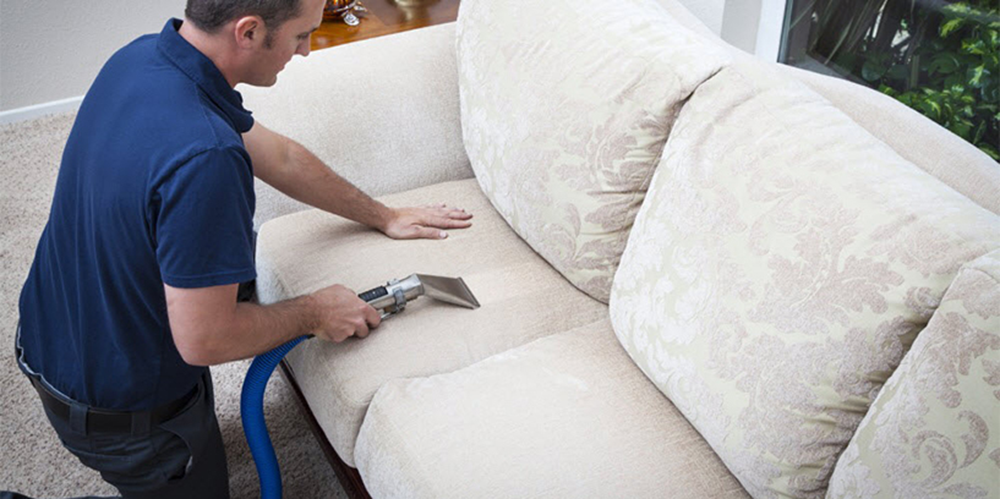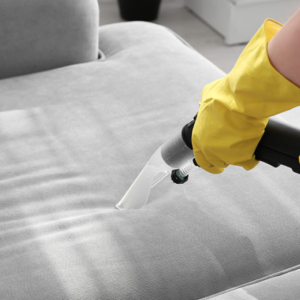DIY
-
How To Properly Disinfect Textiles
The pandemic has taught many homeowners and business owners the importance of hygiene. As viruses last longer on hard surfaces such as countertops and wood, many people ignore the importance of also disinfecting textiles and soft furnishings. Before starting the disinfection process, it’s crucial to start with clean hands. It’s possible to accomplish this by washing hands thoroughly with warm soapy water for 20 seconds.
For the most part, everyone has their own disinfection process pertaining to fabrics. At the end of the day, it truly comes down to what works for a person and what they deem convenient. The best methods contain one or a combination of the following:

*Water and soap- as soap and water have been proven effective against spreading the virus via touch, it also works well for textiles. A warm soapy solution is a great way to enhance the appearance of fabrics, remove embedded dirt, and most importantly, wash away germs and bacteria. As soap tends to work gently to clean fabrics, it’s suitable for nearly all types of textiles without leading to damage.
*Bleach- though seen as somewhat harsh due to its ammonia content, bleach is one of the single most effective ways to kill a virus. On the plus side, it also has the ability to remove stains when used on the correct color with the right safety precautions. However, bleaching is generally reserved for synthetic fibers such as polyester or vinyl.
*75% alcohol- rubbing alcohol sold in fairly high concentrations is also an effective way to fend off viruses. As with the aforementioned bleaching, it’s best to use alcohol for synthetic fabrics such as vinyl, polyester, and propylene.

*Steam cleaning- steam cleaning is a fantastic way to preserve and restore fabrics without the use of any chemicals. The applied steam uses high temperatures and concentrated pressure to lift stains, dirt, and to kill lingering bacteria. Though this method works on many textiles, usually, wool and polyester respond the best.
*Disinfectant sprays – disinfectant sprays and cleaning liquids offer a protective barrier against viruses. Aerosol sprays deliver an even amount of the chemical necessary to remove the bacteria present on fabrics.
Apart from regularly disinfecting soft furnishings and textile accessories, it’s important to keep them looking fresh and new for many years to come. Regularly vacuuming and cleaning textiles is a good way to ensure the fabrics don’t prematurely wear out due to dust buildup. It also helps reduce the allergens significantly that may present themselves indoors.
Preservation of fabrics is also made possible when carrying out stain removal as stains occur. Working long after the fact makes it much harder to remove them versus working in a timely manner. All fabrics respond to stain removal differently, which is why it’s important to do the necessary research in order to avoid damage.
Soft furnishings and fabric accessories can last a long time with proper care and cleaning techniques. Unfortunately, the pandemic has shed light on the fact that many people tend to ignore hygiene. By working diligently every day to disinfect and preserve furnishings, fabrics will last longer and remain more visibly vibrant.

